Middle Grade
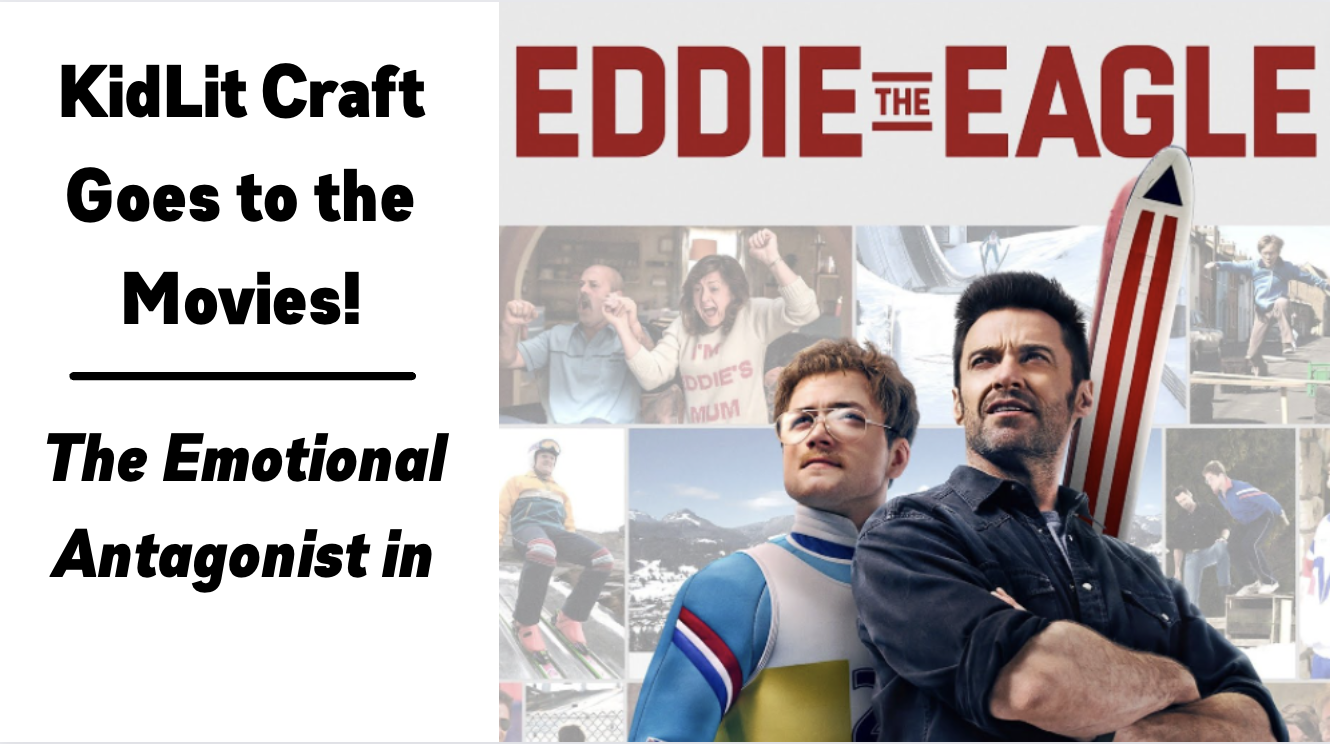
Some great stories make use of what Melanie Jacobson calls the emotional antagonist. The emotional antagonist is on the protagonist’s side, but the protagonist doesn’t have their approval or support.Jacobson believes emotional antagonist can be a powerful addition to a book because it gives a story an extra satisfying ending–a resolution with the emotional antagonist. We can see the emotional antagonist in action in Eddie the Eagle (2015).
Filed in:
READ POST

Knowing where my book would sit on a shelf and what books it would be friends with helped me think more clearly about my revision. When I’m faced with a choice, I can consider what would sit well in the spot I found for it.
READ POST
Filed in:

You’re reading this blog post because you want something different. You can bond with friends over not working later. Right here, right now, you’d like to work. So let’s go. Get to work!
READ POST
Filed in:
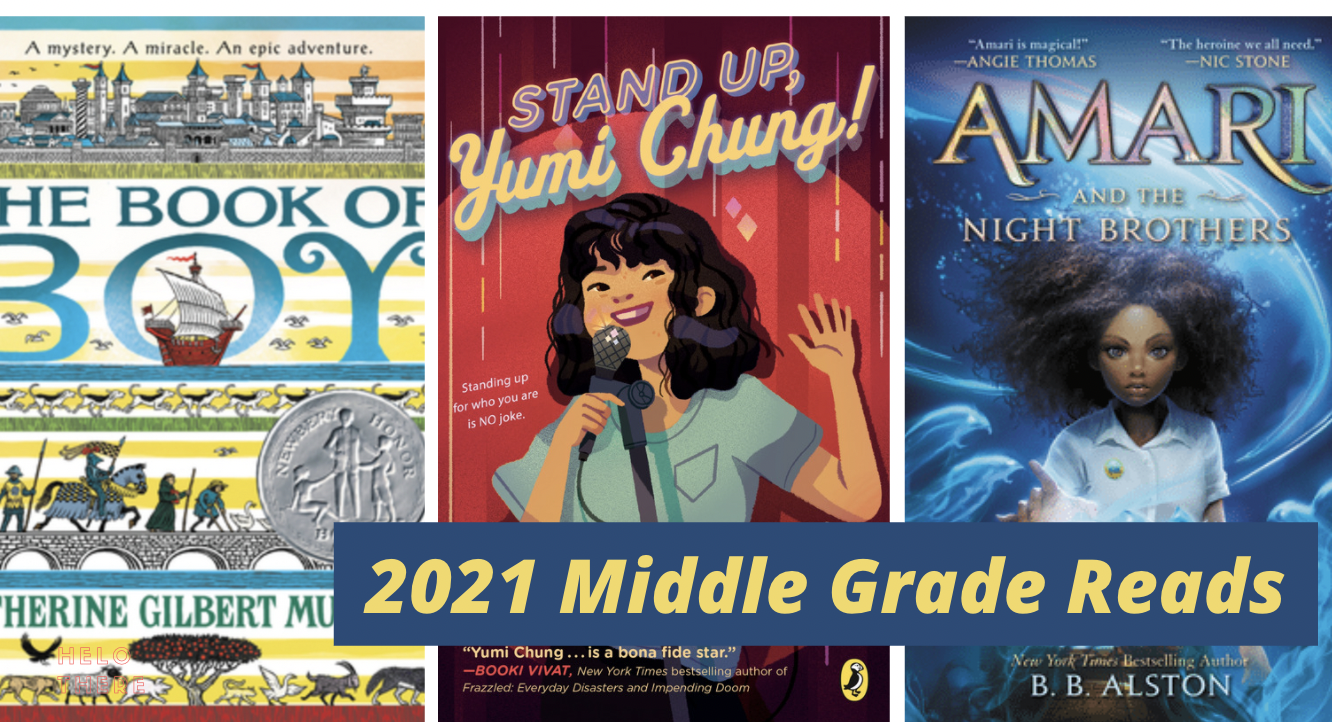
This blog grew out of a middle grade book group for writers, held in Menlo Park, California, and we’re still going strong. Each month, we discuss a middle grade book with an eye to craft. (Last year, I wrote about strategies for starting your own craft book group.) Here’s our list of books from 2021, with a sneak peek at our first few books of 2022. We hope they inspire your reading!
READ POST
Filed in:
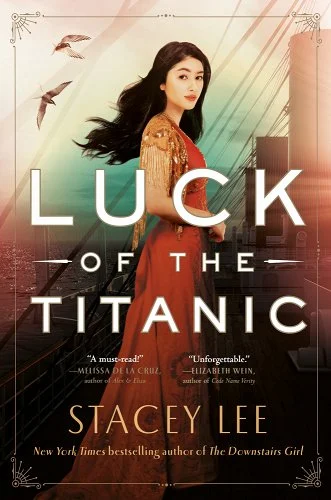
Empathy has its drawbacks, especially when reading the news, but on the plus side, I think it helps me create deeper characters. The secret for creating unforgettable characters is to give them impossible choices.
READ POST
Filed in:
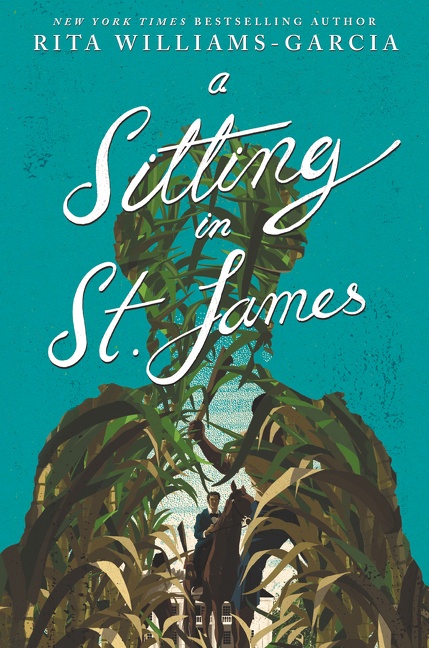
Rita Williams-Garcia masters the crowd scene–a dinner at the midpoint of the book. In a movie, it’s easy to see the crowd and feel the energy in the room. In fiction, it’s more complicated–you need to balance the minute and individual with the group so that readers feel grounded in the environment and in the particular characters’ interactions.
READ POST
Filed in:
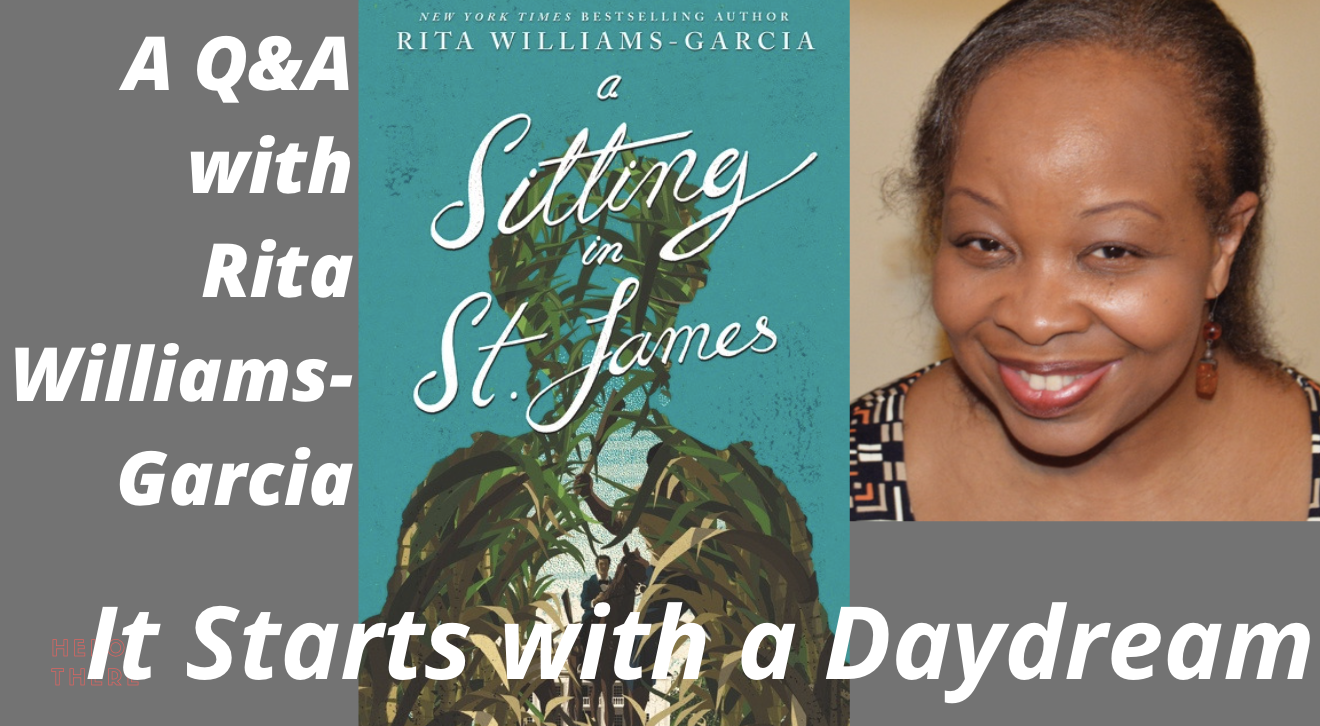
I fully transport myself from my reality into the world that I seek to create. In a word, I daydream. Deeply. I put myself with the character, close to the character, sometimes in the character, to taste the dirt when they’re in the dust storm or feel the scratchy bristles of cane stalk whip my face. Then I write it. Later, I make adjustments, because what I have to understand is different from what the reader should feel. Sometimes I have to rein it in or pull back. It’s not always the point that the reader should feel each and everything—but the writer must!
READ POST
Filed in:

Good mysteries are fun because they keep the reader guessing. One of the most important keys of writing a mystery is writing the story so the reader can try to solve it. Nothing’s more annoying than not being given clues to solve the mystery unless those clues are so obvious that there is no real mystery to be solved. The best way to achieve both goals is to give quality clues but constantly keep the reader guessing so they don’t recognize the clues for what they are.
READ POST
Filed in:
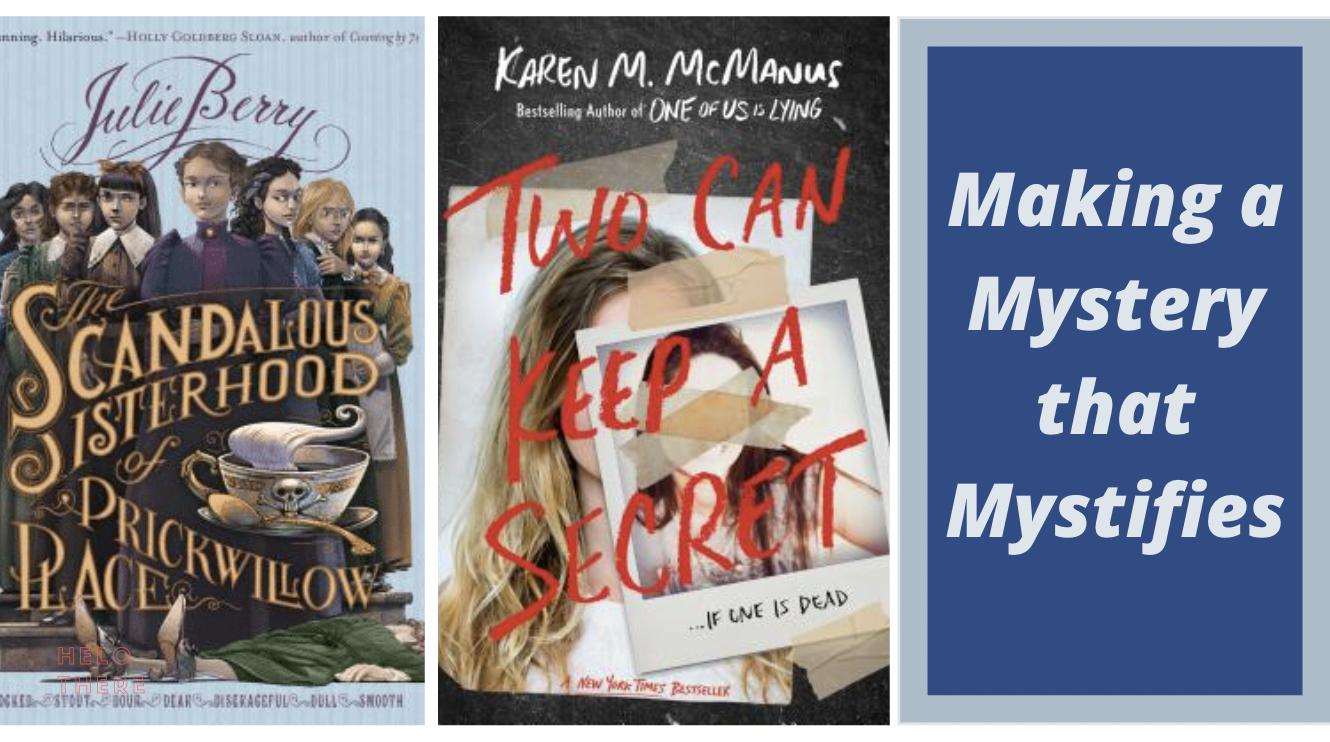
A compelling mystery must engage the reader in solving the mystery, and the best ways to do so are to 1) start the mystery off quick, 2) capture attention with consequential stakes, 3) increase tension, 4) keep the reader guessing, and 5) finish strong.
READ POST
Filed in:
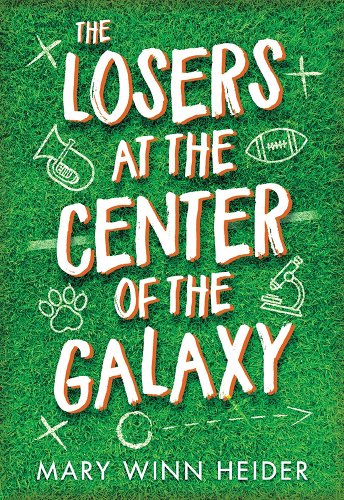
If you’d like a lesson in the unexpected you’d be hard-pressed to find a better model than Losers. Instead, we’re going to look at how despite (or with the assistance of) all the silly, Heider is able to put an ache and a depth into the stories of Winston and Louise.